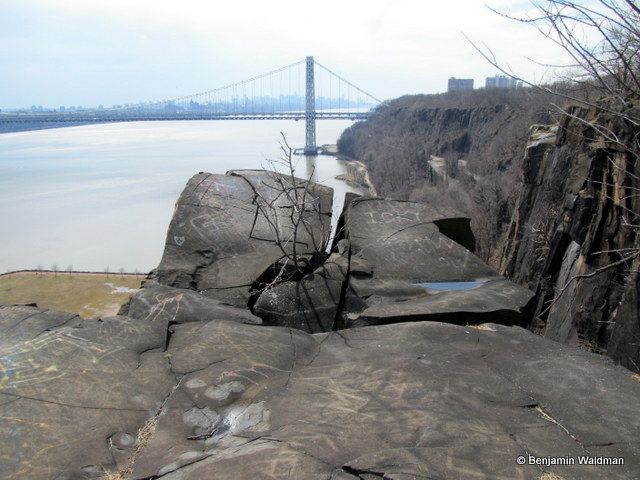Last-Minute NYC Holiday Gift Guide 🎁
We’ve created a holiday gift guide with presents for the intrepid New Yorker that should arrive just in time—


Before Hollywood, the film industry was centered in New Jersey and New York. Thomas Edison invented many early film technologies and then closely guarded them from his labs in Menlo Park, New Jersey. In New York City, film companies such as American Mutoscope, Biograph, and Vitagraph helped the nascent film industry capture the public’s interest. Some of the buildings and studios utilized by these companies can still be found in New York City. (To read more on this topic Untapped highly recommends David Freeland’s Automats, Taxi Dances, and Vaudeville: Excavating Manhattan’s Lost Places of Leisure) However, it did not take the film industry long before it began to outgrow New York City.
While the city provided many benefits to the film industry, it did not provide the varied film locations that producers sought; Wild West films would not have appeared realistic if they had been filmed in Central Park. Therefore, the industry expanded across the Hudson River to Fort Lee, New Jersey.
Before the George Washington Bridge connected it to New York City, northern New Jersey remained very rural. This environment provided exactly what the film industry was missing in New York City. In particular, Fort Lee was valued since it was easily accessible from the 125th Street ferry, it possessed the Palisades (cliffs), numerous estates, and an Anytown, USA Main Street. Edison helped put Fort Lee on the map with his 1907 film, Rescued from an Eagle’s Nest, which was shot on location on the Fort Lee Palisades and featured D.W. Griffith in his first starring role as an actor. From 1907 through the mid-1920s, Fort Lee was where the studios and stars could be found. Mary Pickford, Lionel Barrymore, Dorothy Gish, Lillian Gish, D.W. Griffith, the Marx Brothers, Theda Bara, and Oscar Micheaux were all involved with movies filmed in Fort Lee. The Marx Brothers’ first film, Humor Risk, was shot in Fort Lee, and Fox and Universal Studios were founded in Fort Lee. Very few of the buildings associated with these early films remain, though many are now marked by plaques installed by the Fort Lee Film Commission.
While the studios themselves can no longer be visited, the New Jersey Palisades, where so many of the movies were filmed, is now a park. The Palisades Interstate Park has remained almost unchanged over the course of the past century with one major exception. The mansions that once lined the cliffs have been demolished to provide a more natural setting. (The remains of these mansions can be seen while hiking through the park).
The most famous film location in the park is Cliffhanger Point. Cliffhanger Point can be seen in this 1918 production still from the film House of Hate. Pearl White, the star of the film, is pictured with director George Seitz, actor Antonio Moreno (on the far left), and cinematographer Arthur C. Miller. This photograph is now showcased at the entrance to the film division of the Library of Congress. White, who made her first film in 1910, became an international film star in 1914 with the serial The Perils of Pauline. White played Pauline, who was a typical damsel in distress. She performed all of her own stunts including hanging off of cliffs, fighting “Sioux Indians,” and flying hot air balloons. Towards the end of her film career, White starred in The House of Hate. This 1918 film was thought to be lost until a couple of years ago when the Fort Lee Film Commission tracked down a partial copy of the film in the Moscow Film Archive, complete with Russian subtitles.
In honor of White’s Birthday, the Fort Lee Film Commission and the Palisade Interstate Park organized a hike to Cliffhanger Point. The cliff was only recently rediscovered by Eric Nelsen, using the 1918 production still from House of Hate, a different cliff that had been previously misidentified as Cliffhanger Point.
As the name suggests, Cliffhanger Point is connected to the origin of the term cliffhanger. The term was likely coined from The Perils of Pauline where White’s character was always getting into all sorts of precarious situations including dangling over the cliffs of the Palisades. (Others allege that the term originates from a Thomas Hardy story).
Subscribe to our newsletter